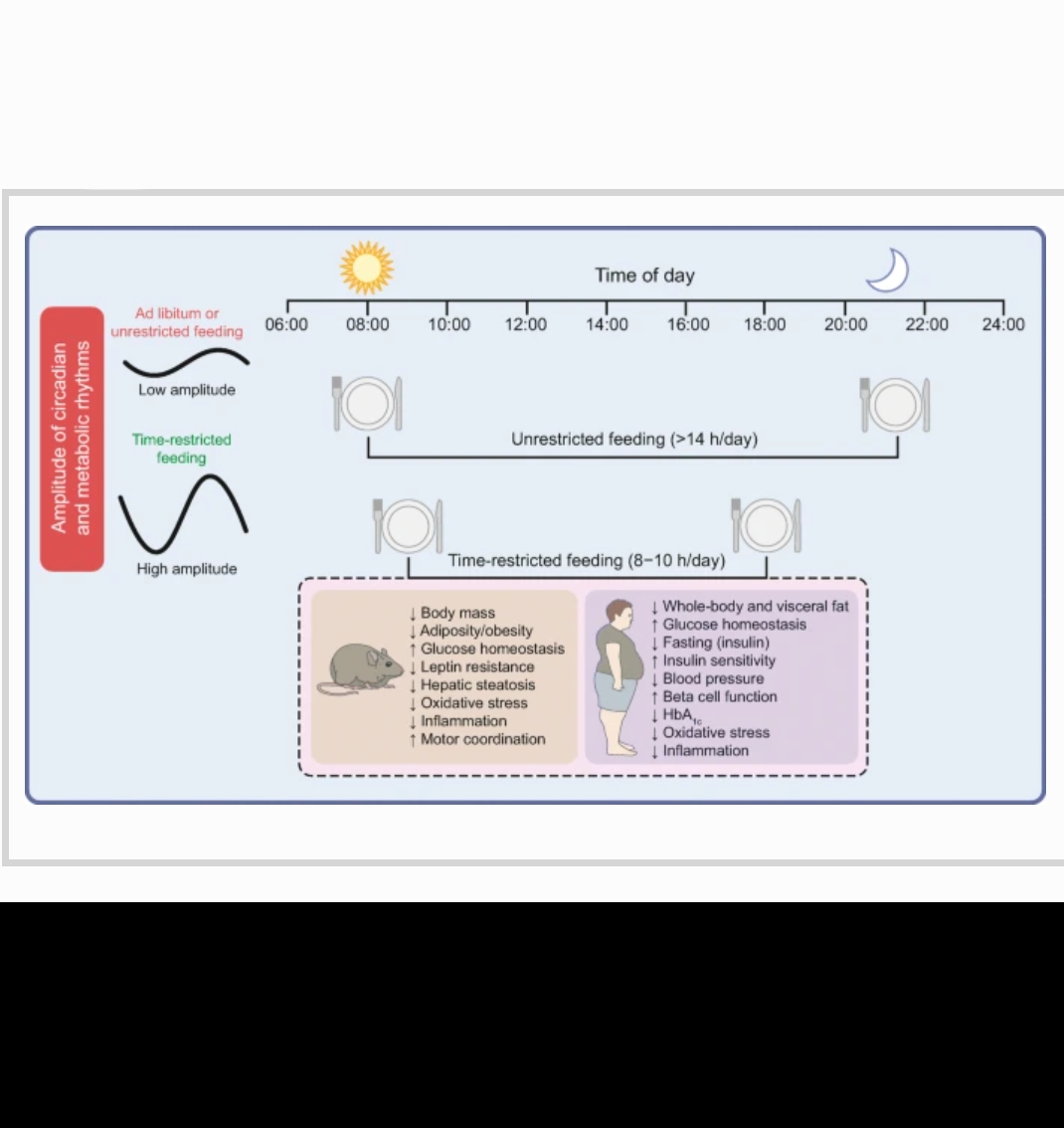 par Nutrimuscle-Conseils » 28 Jan 2022 12:31
par Nutrimuscle-Conseils » 28 Jan 2022 12:31
The acute effect of fasted exercise on energy intake, energy expenditure, subjective hunger and gastrointestinal hormone release compared to fed exercise in healthy individuals: a systematic review and network meta-analysis
James Frampton, International Journal of Obesity volume 46, pages255–268 (2022)
Objective
To determine the acute effect of fasted and fed exercise on energy intake, energy expenditure, subjective hunger and gastrointestinal hormone release.
Methods
CENTRAL, Embase, MEDLINE, PsycInfo, PubMed, Scopus and Web of Science databases were searched to identify randomised, crossover studies in healthy individuals that compared the following interventions: (i) fasted exercise with a standardised post-exercise meal [FastEx + Meal], (ii) fasted exercise without a standardised post-exercise meal [FastEx + NoMeal], (iii) fed exercise with a standardised post-exercise meal [FedEx + Meal], (iv) fed exercise without a standardised post-exercise meal [FedEx + NoMeal]. Studies must have measured ad libitum meal energy intake, within-lab energy intake, 24-h energy intake, energy expenditure, subjective hunger, acyl-ghrelin, peptide YY, and/or glucagon-like peptide 1. Random-effect network meta-analyses were performed for outcomes containing ≥5 studies.
Results
17 published articles (23 studies) were identified. Ad libitum meal energy intake was significantly lower during FedEx + Meal compared to FedEx + NoMeal (MD: −489 kJ; 95% CI, −898 to −80 kJ; P = 0.019). Within-lab energy intake was significantly lower during FastEx + NoMeal compared to FedEx + NoMeal (MD: −1326 kJ; 95% CI, −2102 to −550 kJ; P = 0.001). Similarly, 24-h energy intake following FastEx + NoMeal was significantly lower than FedEx + NoMeal (MD: −2095 kJ; 95% CI, −3910 kJ to −280 kJ; P = 0.024). Energy expenditure was however significantly lower during FastEx + NoMeal compared to FedEx+NoMeal (MD: −0.67 kJ/min; 95% CI, −1.10 to −0.23 kJ/min; P = 0.003). Subjective hunger was significantly higher during FastEx + Meal (MD: 13 mm; 95% CI, 5–21 mm; P = 0.001) and FastEx + NoMeal (MD: 23 mm; 95% CI, 16–30 mm; P < 0.001) compared to FedEx + NoMeal.
Conclusion
FastEx + NoMeal appears to be the most effective strategy to produce a short-term decrease in energy intake, but also results in increased hunger and lowered energy expenditure. Concerns regarding experimental design however lower the confidence in these findings, necessitating future research to rectify these issues when investigating exercise meal timing and energy balance.
Key points
Fed exercise with a standardised post-exercise meal resulted in the lowest energy intake at the ad libitum meal served following exercise completion.
Fasted exercise without a standardised post-exercise meal resulted in the lowest within-lab and 24-h energy intake, but also produced the lowest energy expenditure and highest hunger.
Methodological issues lower the confidence in these findings and necessitate future work to address identified problems














